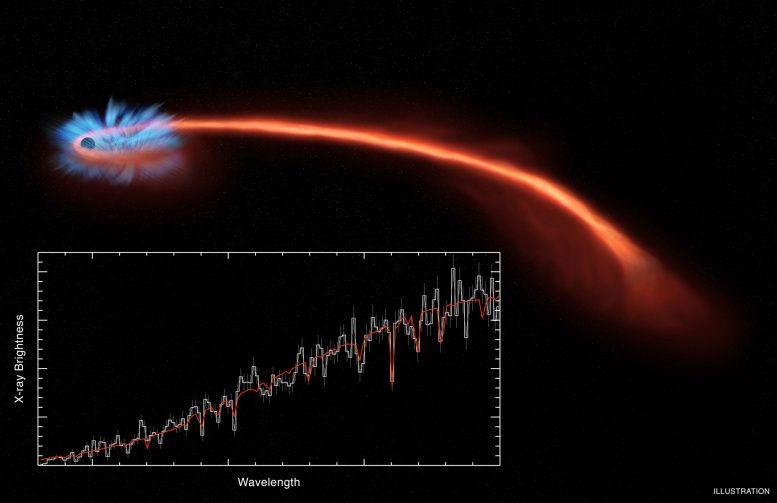
A trio of orbiting X-ray telescopes has collected new insights into the phenomenon of a black hole tearing apart a star, providing scientists with an exceptional opportunity to study the intense surroundings of a black hole.
Using three X-ray telescopes, astronomers have witnessed stellar debris being blown away after a black hole destroyed the star. This event, dubbed ASASSN-14li, is located in a galaxy about 290 million light-years from Earth and it provides an excellent opportunity to study the extreme environment around a black hole.
New details about what happens when a black hole tears apart a star have been gathered by a trio of orbiting X-ray telescopes, giving scientists an extraordinary opportunity to understand the extreme environment around a black hole.
When a star comes too close to a black hole, the intense gravity of the black hole results in tidal forces that can rip the star apart. In these events, called “tidal disruptions,” some of the stellar debris is flung outward at high speeds, while the rest falls toward the black hole. This causes a distinct X-ray flare that can last for a few years.
NASA’s Chandra X-ray Observatory, Swift Gamma-ray Burst Explorer, and ESA/NASA’s XMM-Newton collected different pieces of this astronomical puzzle in a tidal disruption event called ASASSN-14li, originally discovered in an optical search by the All-Sky Automated Survey for Supernovae (ASAS-SN) in November 2014.
The event occurred near a supermassive black hole estimated to weigh a few million times the mass of the sun. The black hole is located in the center of PGC 043234, a galaxy that lies about 290 million light-years from Earth. This makes this event the closest tidal disruption discovered in a decade. “We have seen evidence for a handful of tidal disruptions over the years and have developed a lot of ideas of what goes on,” said Jon Miller of the University of Michigan in Ann Arbor, who led the study that is described in a paper published in the latest issue of Nature. “This one is the best chance we have had so far to really understand what happens when a black hole shreds a star.”
This artist’s rendering illustrates new findings about a star shredded by a black hole. When a star wanders too close to a black hole, intense tidal forces rip the star apart. In these events, called “tidal disruptions,” some of the stellar debris is flung outward at high speed while the rest falls toward the black hole. This causes a distinct X-ray flare that can last for a few years. NASA’s Chandra X-ray Observatory, Swift Gamma-ray Burst Explorer, and ESA/NASA’s XMM-Newton collected different pieces of this astronomical puzzle in a tidal disruption event called ASASSN-14li, which was found in an optical search by the All-Sky Automated Survey for Supernovae (ASAS-SN) in November 2014. The event occurred near a supermassive black hole estimated to weigh a few million times the mass of the sun in the center of PGC 043234, a galaxy that lies about 290 million light-years away. Astronomers hope to find more events like ASASSN-14li to test theoretical models about how black holes affect their environments. During the tidal disruption event, filaments containing much of the star’s mass fall toward the black hole. Eventually these gaseous filaments merge into a smooth, hot disk glowing brightly in X-rays. As the disk forms, its central region heats up tremendously, which drives a flow of material, called a wind, away from the disk.
After the star is destroyed, the black hole’s strong gravitational force pulls most of the remains of the star toward it. This infalling debris is heated to millions of degrees and generates a huge amount of X-ray light. Soon after this surge of X-rays, the amount of light decreases as the material falls beyond the black hole’s event horizon, the point beyond which no light can escape.
Gas often falls toward black holes by spiraling inward in a disk. But how this process starts has remained a mystery. In ASASSN-14li, astronomers were able to witness the formation of such a disk by looking at the X-ray light at different wavelengths (known as the “X-ray spectrum”) and tracking how that changed over time.
The researchers determined that the X-rays being produced come from material that is either very close to or is actually in the smallest possible stable orbit around the black hole.
“The black hole tears the star apart and starts swallowing material really quickly, but that’s not the end of the story,” said co-author Jelle Kaastra of the Institute for Space Research in the Netherlands. “The black hole can’t keep up that pace so it expels some of the material outwards.”
The X-ray data also suggest the presence of a wind moving away from the black hole. The wind is not moving fast enough to escape the black hole’s gravitational grasp. An alternative explanation for the relatively low speed is that gas from the disrupted star is following an elliptical orbit around the black hole and is at the greatest distance from the black hole where it is traveling the slowest.
“These results support some of our newest ideas for the structure and evolution of tidal disruption events,” said Cole Miller, a co-author from the University of Maryland in College Park. “In the future, tidal disruptions can provide us with laboratories to study the effects of extreme gravity.”
Astronomers are hoping to find more events like ASASSN-14li, which they can use to continue to test theoretical models about how black holes affect their environments and anything that might wander too close.
These results appear in the October 22 issue of the journal Nature. NASA’s Marshall Space Flight Center in Huntsville, Alabama, manages the Chandra program for NASA’s Science Mission Directorate in Washington. The Smithsonian Astrophysical Observatory in Cambridge, Massachusetts, controls Chandra’s science and flight operations. Swift is managed by NASA’s Goddard Space Flight Center in Greenbelt, Maryland.
Reference: “Flows of X-ray gas reveal the disruption of a star by a massive black hole” by Jon M. Miller, Jelle S. Kaastra, M. Coleman Miller, Mark T. Reynolds, Gregory Brown, S. Bradley Cenko, Jeremy J. Drake, Suvi Gezari, James Guillochon, Kayhan Gultekin, Jimmy Irwin, Andrew Levan, Dipankar Maitra, W. Peter Maksym, Richard Mushotzky, Paul O’Brien, Frits Paerels, Jelle de Plaa, Enrico Ramirez-Ruiz, Tod Strohmayer and Nial Tanvir, 22 October 2015, Nature.
DOI: 10.1038/nature15708
arXiv:1510.06348

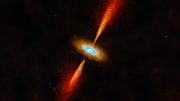
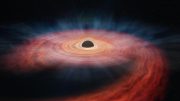
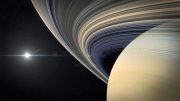


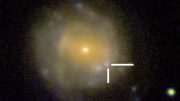
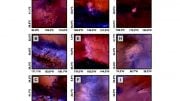

Wouldn’t the core of the star survive and become a white dwarf? It seems to me that the spin of the black hole would throw the core away from the black hole as it sheds its atmosphere being pulled into the black hole.